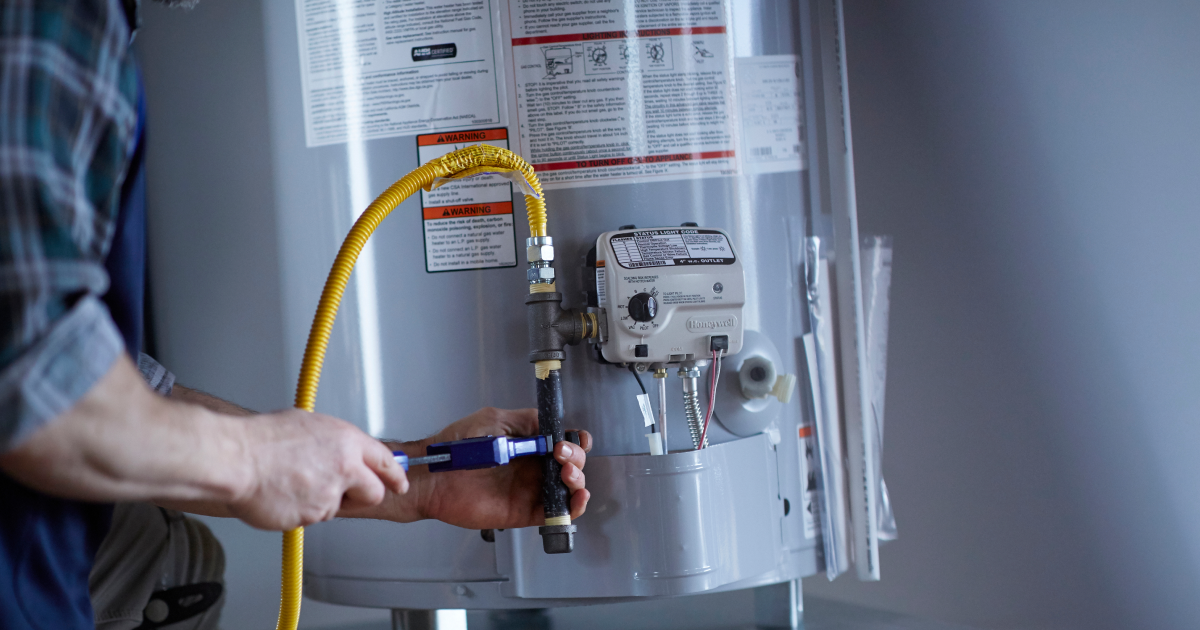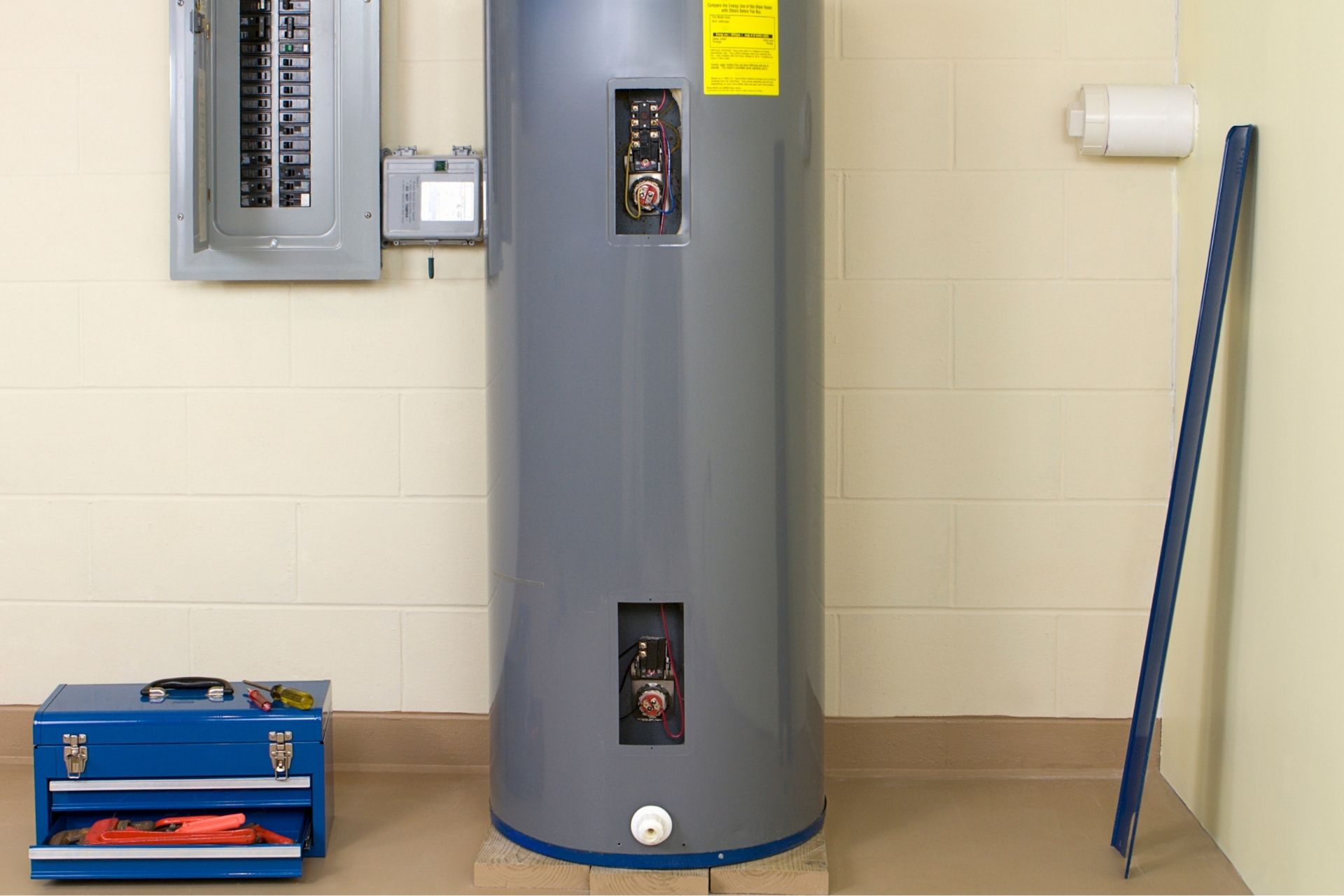Just how do you feel in regards to Water Heater Maintenance Tips You Can't Afford to Forget?

Hot water is important for day-to-day comfort, whether it's for a revitalizing shower or cleaning meals. To ensure your hot water system runs effectively and lasts longer, routine maintenance is vital. This write-up supplies practical pointers and understandings on how to maintain your home's warm water system to prevent disruptions and pricey repair services.
Introduction
Keeping your home's warm water system may appear complicated, however with a couple of basic steps, you can guarantee it runs smoothly for years to find. This overview covers whatever from understanding your warm water system to do it yourself upkeep tips and recognizing when to hire specialist assistance.
Relevance of Preserving Your Hot Water System
Regular upkeep not just expands the life expectancy of your warm water system however also ensures it runs successfully. Neglecting upkeep can result in reduced effectiveness, greater power costs, and even early failing of the system.
Signs Your Warm Water System Demands Upkeep
Knowing when your warm water system requires interest can protect against major issues. Watch out for indicators such as inconsistent water temperature, strange sounds from the heater, or rustic water.
Understanding Your Warm Water System
Before diving right into maintenance jobs, it's useful to comprehend the standard elements of your warm water system. Commonly, this consists of the hot water heater itself, pipelines, anode poles, and temperature level controls.
Regular Monthly Upkeep Tasks
Normal monthly checks can help capture minor concerns before they escalate.
Purging the Hot Water Heater
Purging your hot water heater gets rid of debris build-up, boosting performance and prolonging its life.
Checking and Replacing Anode Rods
Anode rods avoid deterioration inside the tank. Inspecting and replacing them when worn out is important.
Checking and Readjusting Temperature Level Settings
Adjusting the temperature level setups ensures optimal performance and safety.
DIY Tips for Maintenance
You can carry out a number of maintenance tasks yourself to maintain your warm water system in leading problem.
Checking for Leakages
Routinely check pipelines and connections for leaks, as these can cause water damage and higher bills.
Evaluating Pressure Relief Valves
Evaluating the pressure relief valve guarantees it operates properly and stops extreme stress accumulation.
Insulating Pipes
Shielding warm water pipes decreases heat loss and can save power.
When to Call a Specialist
While do it yourself maintenance is advantageous, some issues call for specialist expertise.
Facility Problems Requiring Specialist Assistance
Examples consist of significant leaks, electrical troubles, or if your water heater is consistently underperforming.
Regular Expert Maintenance Benefits
Specialist maintenance can consist of detailed assessments, tune-ups, and ensuring conformity with safety standards.
Verdict
Routine maintenance of your home's warm water system is important for efficiency, longevity, and price financial savings. By following these pointers and understanding when to look for specialist help, you can make certain a reliable supply of warm water without unexpected interruptions.
How to Maintain an Instant Hot Water Heater
Before tinkering with your hot water heater, make sure that it’s not powered on. You also have to turn off the main circuit breaker and shut off the main gas line to prevent accidents. Also turn off the water valves connected to your unit to prevent water from flowing into and out of the appliance. 2. When you’re done, you have to detach the purge valves’ caps. These look like the letter “T†and are situated on either side of the water valves. Doing so will release any pressure that has accumulated inside the valves while at the same time avoid hot water from shooting out and burning your skin. 3. When the purge valves’ caps are removed, you have to connect your hosing lines to the valves. Your unit should have come with three hoses but if it didn’t, you can purchase these things from any hardware or home repair shops. You can also get them from retail stores that sell water heating systems. Read the user’s manual and follow it to complete this task properly. When the hosing lines are connected, open the purge port’s valves. 4. You should never use harsh chemical cleaners or solutions when cleaning your unit. Make use of white vinegar instead. It should be undiluted and you’ll probably use about 2 gallons. 5. Now flush your water heater. This task should probably take about 40 minutes. We can’t give you specific directions for this because the procedure is carried out depending on the type, model and brand of your heater. With that being said, refer to the user’s manual. 6. When you’re done draining the unit, you have to turn off the purge port valves again. Remove the hosing lines that you earlier installed on each of the water valves. Put the valve caps (purge port) back in their respective places and be very careful so as not to damage the rubber discs that are found inside these caps. 7. Now that everything’s back in place, check your user’s manual again to find out how to reactivate your water heating system. 8. Once it is working, turn one of your hot water faucets on just to let air pass through the heater’s water supply pipes. Leave the tap on until water flows smoothly out of it. https://www.orrplumbing.com/blog/2014/september/how-to-maintain-an-instant-hot-water-heater/

I ran across that entry on Tips For Maintaining Your Hot Water Heater when scouting around the web. Don't hesitate to pause to share this blog post if you liked it. Thank-you for taking the time to read it.
Click Here